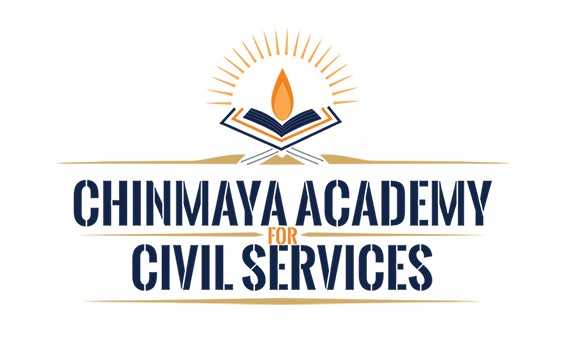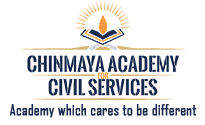Medical Science is among the elective subjects the UPSC offers for the mains exam for the civil services. Only an MBBS degree holder or a person with PG in medical science can opt it because it is a highly technical elective like the engineering subjects. Each year, between 200 and 300 candidates choose this subject, and several of them rank among the top performers.
For doctors who feel confident going through their MBBS syllabus once more, medicine is a good optional subject. Given that they had five years to deal with it, this would be a subject they are familiar with. However,it doesn’t overlap with the General Studies paper and the curriculum is lengthy.
You wouldn’t have to start again with your course work as a medical science student. This is a major perk. The curriculum remains largely unchanged. You can do well in this elective subject if you work hard and adopt the proper approach. Even BDS or BAMS graduates are eligible to enrol in this elective course. Lastly, medical science is a discipline that is based on logic and science. Since it is objective, marks are not open to the examiner’s interpretation.


